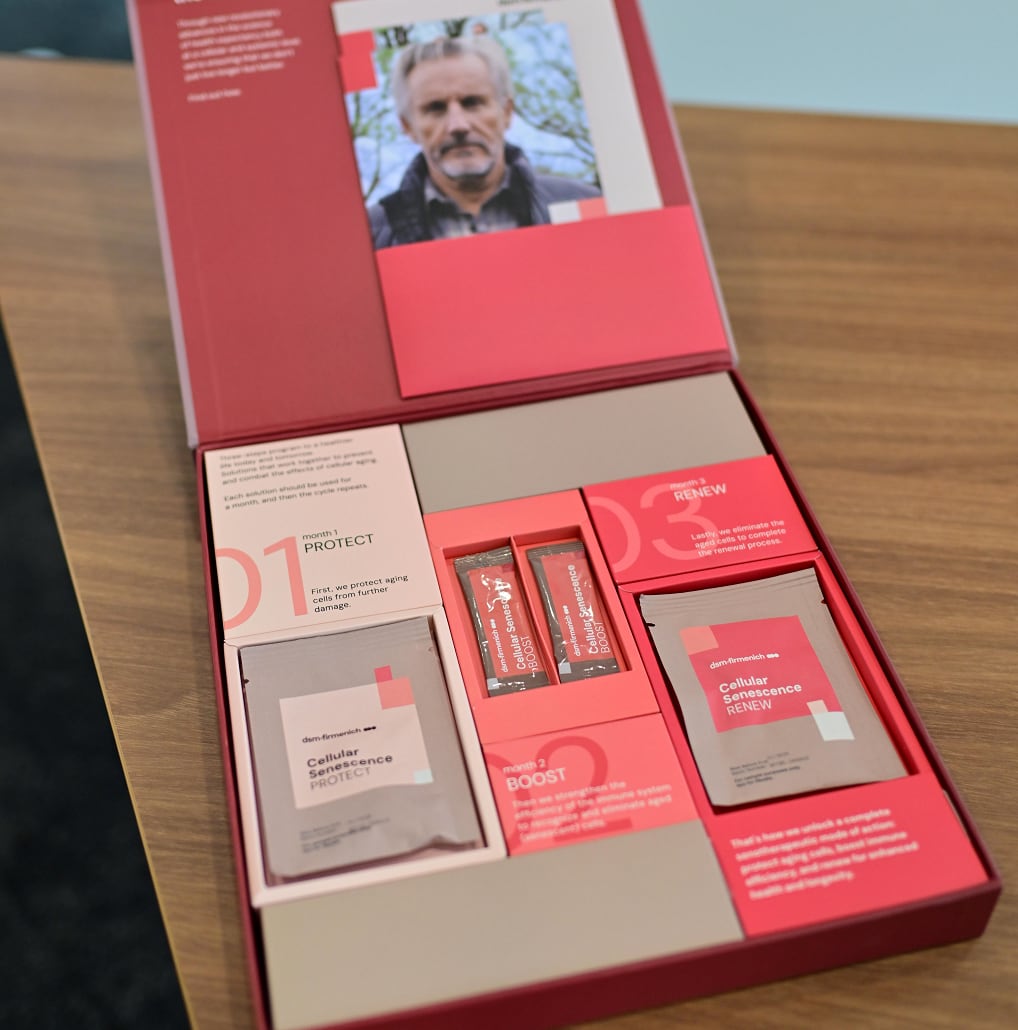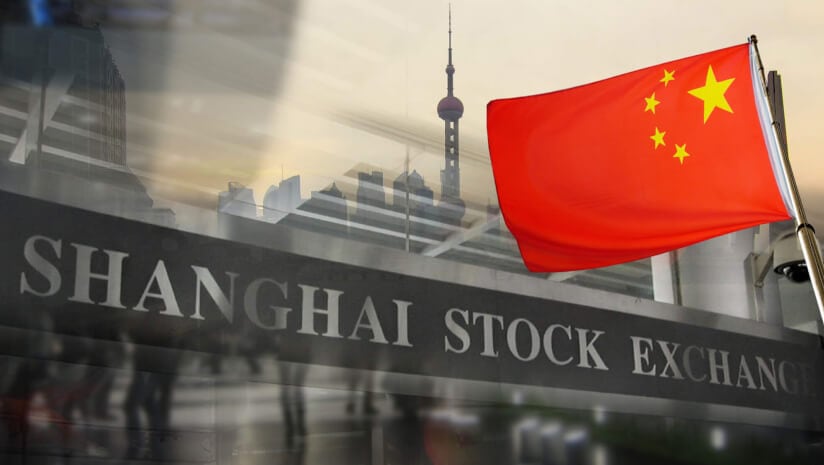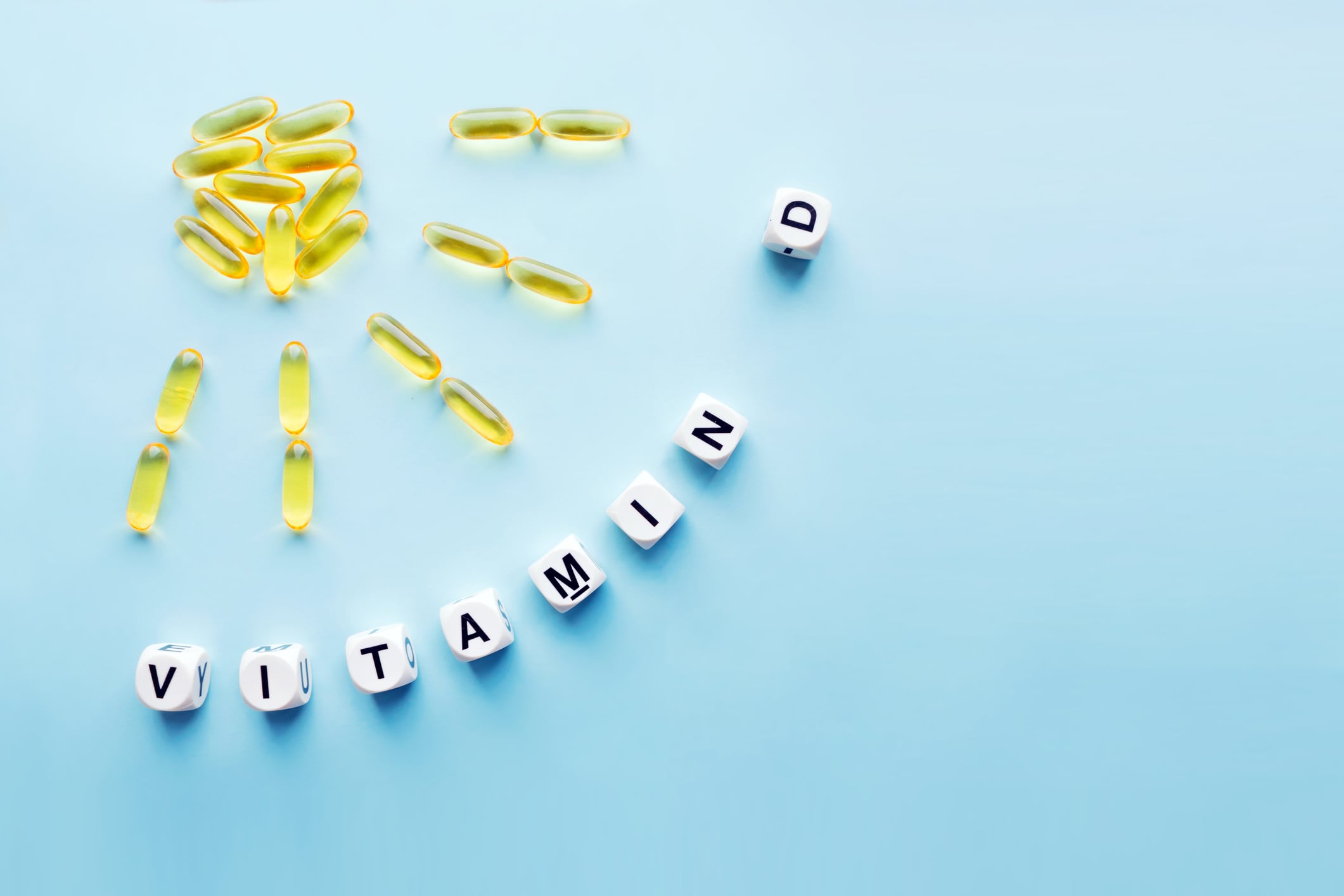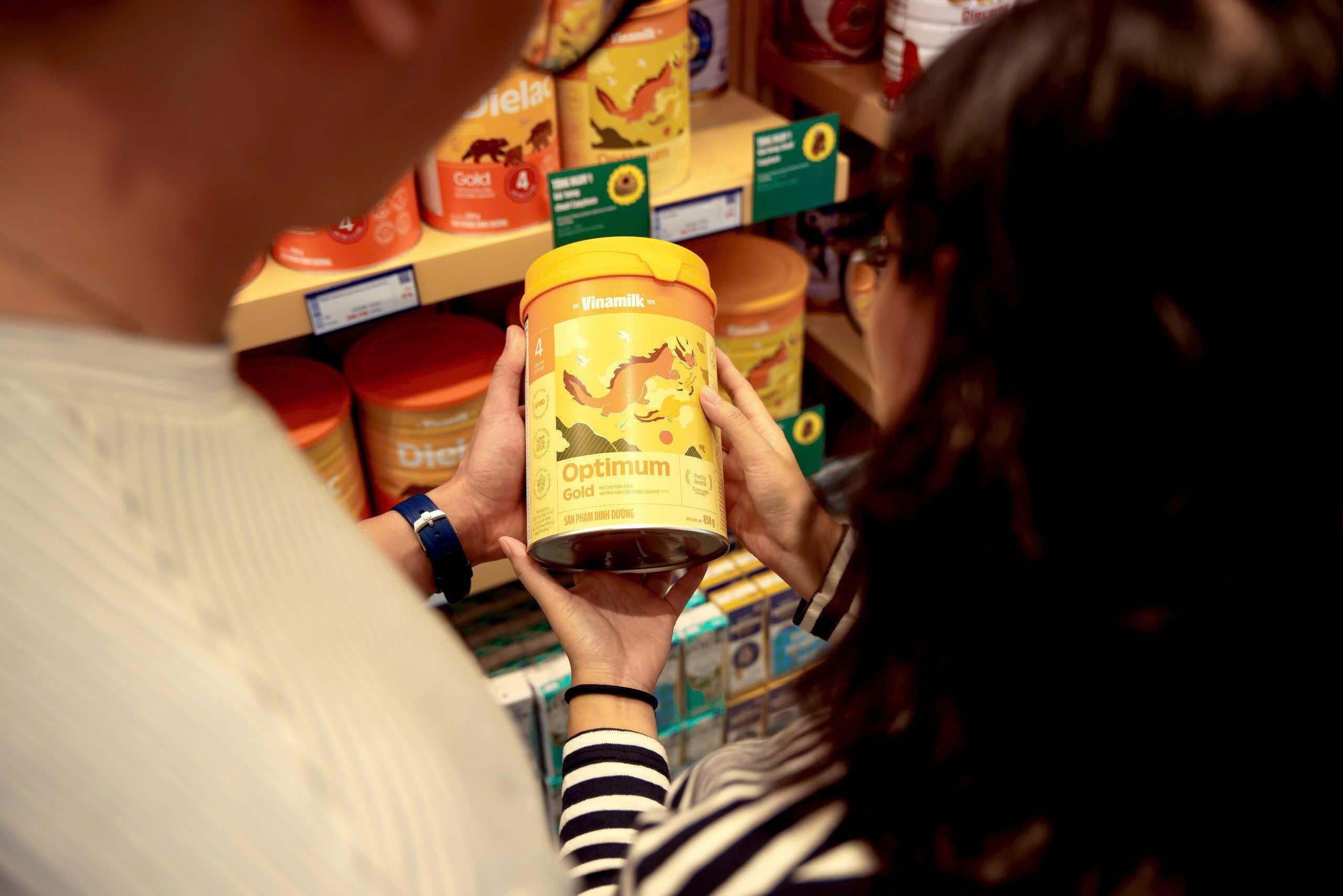dsm-firmenich launches three-step pack to tackle cellular senescence

dsm-firmenich has launched a three-step solution to tackle cellular senescence, as part of its research and innovation in targeting the hallmarks of aging.
The three-step solution seeks to 1) protect, 2) boost, and 3) renew cellular health.
The company showcased the solutions during its “Aging Redefined – a Longevity & Health Expectancy Seminar" held on July 17 in its Singapore office.
Tocotrienols and cellular health: PhytoGaia embarks on second clinical trial

Malaysia-based PhytoGaia would be embarking on its second human clinical trial assessing the potential effects of tocotrienols and plant squalene for cellular health and telomere preservation.
The six-month-long study will assess the impact of STGaia - PhytoGaia’s proprietary blend of mixed-tocotrienols and plant squalene at low dose, high dose, and its effects as compared to placebo.
The primary objective is to find out the impact of mixed tocotrienols and squalene supplementation on telomere length and telomerase activity, which are two well-established biomarkers of biological aging.
TSI Group premieres on Shanghai Stock Exchange

Dietary supplement solutions company TSI Group now has its initial public offering (IPO) on the Shanghai Stock Exchange (SEE) main board.
Joe Zhou, company CEO, said this IPO was more than a financial milestone, adding that it was a validation of TSI’s purpose, people and trust in its partners.
The company added that the listing also strengthens TSI’s profile with global partners and institutional investors across the world, fueling future growth through R&D investment and capacity expansion.
Marinova to drill down fucoidan’s gut, immune, anti-inflammatory benefits

Australia’s Marinova said it has kickstarted research on three emerging areas in which fucoidan could provide a potential health benefit.
These three areas are anti-inflammation, gut, and immune support.
The company has been studying and supplying fucoidan actives derived from the seaweed Undaria pinnatifida. The seaweed are sourced from Tasmania, Australia and further in the Patagonia region.
Monteloeder seeks to address ‘chronic sleep debt’, growing teenage well-being category

Monteloeder has been eyeing opportunities in the emerging teenage well-being category, particularly in Asia where sleep deprivation and academic stress among adolescents is rife.
The SuanNutra-owned company recently announced the results from a study that showed its RelaxPLX, a natural lemon verbena extract, could help support relaxation and sleep quality in teenagers experiencing occasional stress and restlessness.
According to Tomás Muñoz, APAC Business Development Director at Monteloeder, there is mounting evidence showing how sleep deprivation among adolescents in Asia is not only widespread, but also culturally entrenched.




